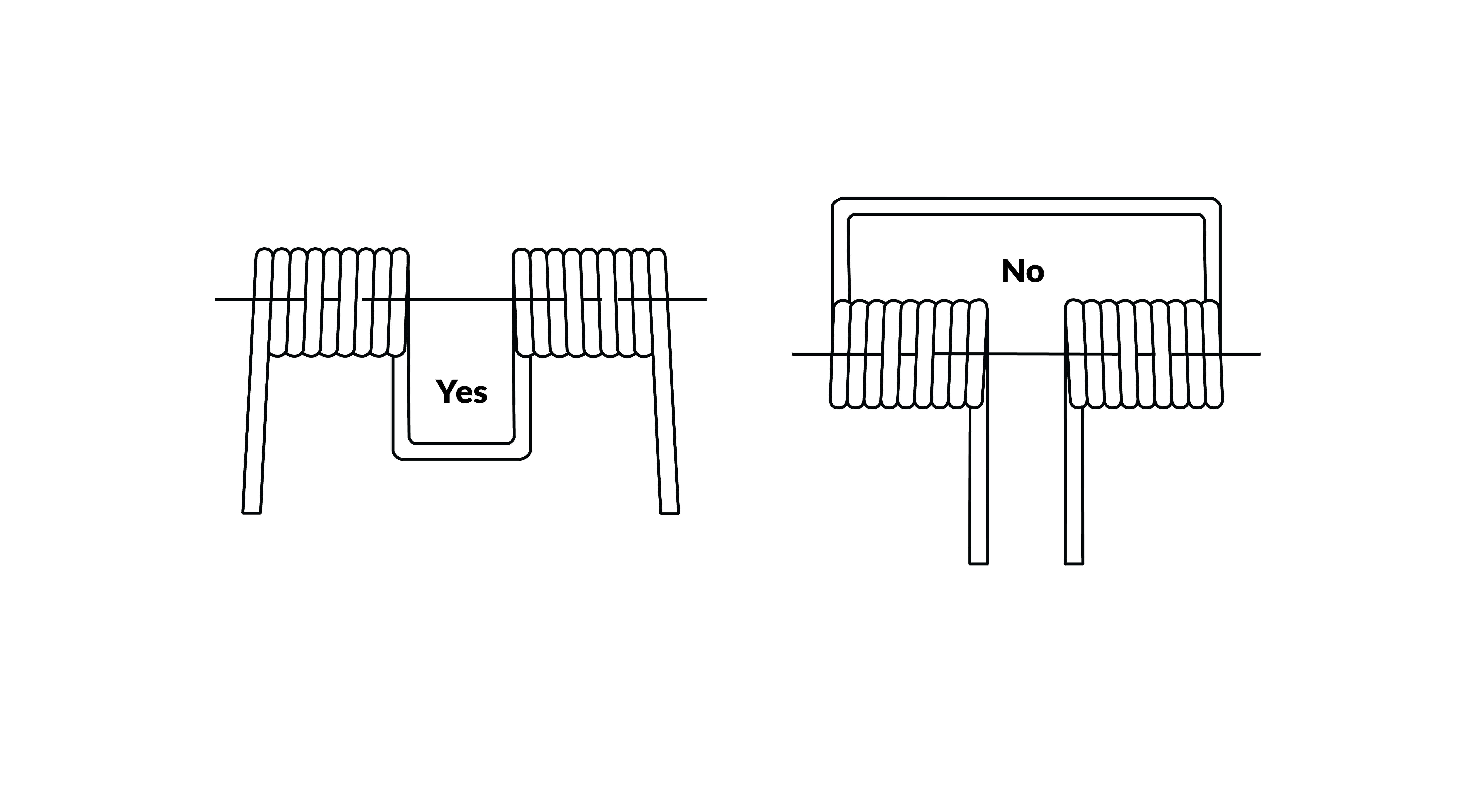Get unique, complex parts easily. No matter your requirements, Chaoyi Spring creates hard-to-produce coil springs and wire forms.
Let us help you create the custom wire form you need, from S-hooks and J-hooks to utility hooks and more.
We work closely with customers across a wide range of industries, helping them design and manufacture made-to-order parts.
Why choose Chaoyi Spring? We prioritize customer-focused collaboration, modern equipment and the latest technology to make your parts per print.
Find the information and guidance you need, from measuring a spring to learning about materials, placing an order and much more.
Tension springs and torsion springs, both essential components in various mechanical systems, might seem similar at first glance. However, they differ significantly in their functionality and applications. Understanding these differences


Tension springs and torsion springs, both essential components in various mechanical systems, might seem similar at first glance. However, they differ significantly in their functionality and applications. Understanding these differences is crucial for selecting the right type of spring for your specific needs. This article will delve into the distinct characteristics, applications, and advantages of each type of spring, providing a clear guide for making informed decisions.

Tension springs, also known as extension springs, are designed to resist stretching forces. When a tension load is applied, these springs elongate or extend. They are commonly found in a variety of applications, ranging from simple mechanisms like retractable clotheslines to more complex systems like automotive suspension components.
Imagine a springy wire that you can pull on. As you pull, it stretches, storing energy. This is the essence of a tension spring. The strength of the spring, or its resistance to stretching, is determined by its material, diameter, and number of coils.
Tension springs are typically made from a variety of materials, with spring steel being the most common choice. Their unique design allows them to exert a pulling force, making them ideal for applications where you need to maintain a constant tension or retract a component.
Here are some key characteristics of tension springs:
Torsion springs, on the other hand, are designed to resist twisting forces. These springs, when subjected to a torque or twisting force, store energy and react by twisting or rotating. Their applications vary widely, from the delicate mechanisms in watches to the powerful torque generated in automotive transmissions.
Think of a spring that you can twist like a rubber band. As you twist it, it stores energy, and when you release the twist, it springs back to its original shape. This is the principle behind a torsion spring. Its strength, or its resistance to twisting, is determined by its material, wire diameter, and number of coils.
Torsion springs are often made from spring steel but can also be manufactured from other materials depending on the specific application. They work by converting twisting force into rotational energy, making them valuable components in mechanisms that require controlled rotation or torque generation.
Here are some key characteristics of torsion springs:
Understanding the differences between tension and torsion springs is crucial for selecting the right spring for your application. Here is a table summarizing the key distinctions:
| Feature | Tension Spring | Torsion Spring |
|---|---|---|
| Function | Extends or elongates under load | Rotates or twists under load |
| Coil Arrangement | Open-coiled | Closed-coiled |
| Loading Type | Tension (pulling force) | Torque (twisting force) |
| Applications | Retractible cables, door closers, suspension systems | Garage door openers, window regulators, suspension systems |
The choice between a tension spring and a torsion spring depends entirely on the specific application. Ask yourself:
By considering these factors, you can confidently select the appropriate spring type for your mechanical design.
Both tension and torsion springs come in numerous variations. These variations allow for precise control over the spring's performance, tailoring it to specific needs.
Tension springs, for instance, can have different end configurations, such as hooks, eyes, or loops, to facilitate attachment and load application. They can also be designed with variable coil spacing to achieve progressive spring rates, where the force increases non-linearly with extension.
Torsion springs, similarly, come in various designs. They can have different coil shapes, such as helical or conical, to influence the torque output and movement. Torsion springs can also be made with variable wire diameters or coil spacing to achieve specific torque characteristics.
When choosing a spring, it's important to consult with a spring manufacturer or designer who can provide guidance on selecting the right material, dimensions, and configuration to meet your specific requirements.
Tension springs and torsion springs, though seemingly similar, have distinct characteristics and applications. By understanding their differences, you can make informed decisions regarding spring selection in your mechanical designs. Remember that the choice between the two boils down to the specific requirements of your application, and consulting with a spring expert is often crucial for achieving optimal results.
Browse some of the custom wire forms and springs that we manufacture. Don’t see what you need? We specialize in made-to-order products that meet your application requirements.
Visit Our GalleryNeed a custom wire form or coil spring? We make it work. Fill out the contact form and a representative will respond within 1 business day. If you have a PDF or CAD file, you can submit to request a quote.